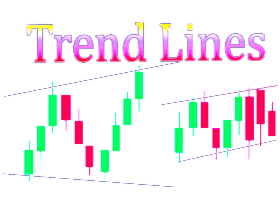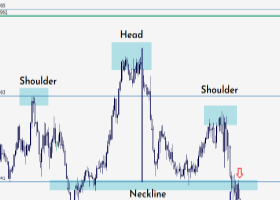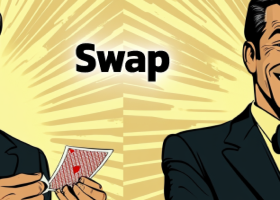Trade exchanged trusts following the valuable metal were among the 'alt ETFs' that weathered the selloff.
A percentage of the alt ETFs didn't act exceptionally alt in the business sector selloff.

The objective of option, or alt, trade exchanged trusts, which track such things as things and fence investments methodologies, is to give gives back that don't move comprehensively in coupled with stock and security markets. Elective resources can likewise incorporate physical land and private value, which are utilized vigorously by establishments. At the point when the estimation of stocks, and numerous bonds, tumbled as of late, speculators trusted these different resources would help counterbalance an esteem's percentage demolition.
Here's the way they did.
Victor: pet rocks
Apologies, haters. Gold was one of the best option ETFs in the selloff, giving back 2.5 percent in the previous month as the S&P 500 fell 5 percent. This outperformance came as gold bashing came to a fever pitch, with articles calling gold a pet rock. On the other hand just shakes.
What's more, the negative slant seemed well and good, with gold ETFs down 7 percent through the end of July. That was a continuation of the 36 percent misfortune in gold's cost in the course of recent years, a period when the biggest gold ETF, SPDR Gold Shares (GLD), saw $25 billion in surges.
The valuable metal may appear a conspicuous possibility to climate a major selloff, however it's not a beyond any doubt thing. Gold isn't contrarily related to the share trading system, not at all like the unpredictability record (the VIX) or ETFs intended to give back the backwards of the market's execution. Maybe, it has no connection by any stretch of the imagination, which implies it regularly goes here and there autonomous of the share trading system. Still, it does have a tendency to be utilized by financial specialists as a place of refuge in times of great business sector turmoil, which is the reason it's a well known portfolio diversifier. In the year and a half amid the 2008-09 money related emergency, the metal rose 11 percent over a period where stocks were down 35 percent. Also, it came through in the most recent selloff:
ETFs that track platinum and copper additionally held up well. The ETFS Physical Platinum Shares (PPLT) and the iPath Bloomberg Copper Subindex Total Return ETN (JJC) both rose more than 3 percent in the previous month.
Champ: shorts
Among the fence investments procedures followed by ETFs, the ones that worked best in the selloff were those with systems that include shorting stocks. The outline underneath demonstrates the ProShares RAFI Long/Short (RALS), which was up just about 1 percent.

RALS screens 1,000 stocks on such basics as income and profits. It goes long on (wagers on) the main 20 percent of that rundown and shorts the last 20 percent. It is equivalent amounts of long and short, which diminishes unpredictability. Witness the absence of development in respect to money markets in the diagram above. In the previous month, RALS profited more from its short wagers than from its long wagers.
The QuantShares US Market Neutral Anti-Beta Fund (BTAL), which additionally takes a balancing short position in the share trading system, was up 1 percent too.
Failure: wide based item ETFs
No option ETF fell more than money markets, yet numerous were down in any case and most likely frustrated speculators. For instance, expansive based product ETFs, which are purchased as portfolio diversifiers, didn't convey much. The $2.5 billion PowerShares DB Commodity Index Tracking Fund (DBC) was down 1 percent. Also, the $830 million PowerShares DB Agriculture Fund (DBA) was down almost 3 percent in the previous month.
Failure: multi-methodology ETFs
One of the greatest disappointments originated from a standout amongst the most well known support investments replication ETFs, the $1 billion IQ Hedge Multi-Strategy Tracker ETF (QAI). It was down about 2 percent.
QAI, a standout amongst the most complex ETFs, endeavors to repeat the arrival attributes for six support investments methods. A numerical model dissects support investments execution examples to distinguish resource classes being utilized by speculative stock investments. The ETF then puts resources into fluid intermediaries—wide based ETFs—for those advantage classes to attempt to get comparative execution. QAI was harmed by its overwhelming weightings in high return obligation and developing business ETFs.
Maybe QAI shouldn't be sorted as an option ETF by any means. It has a 80 percent relationship with the developments of the S&P 500. This is as opposed to the close to zero relationship with the share trading system of GLD, RALS, and BTAL. Connection is an underrated metric. It can assist speculators with making sense of which ETFs are really good alternative.https://www.mql5.com/en/signals/111434#!tab=history



